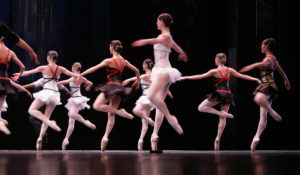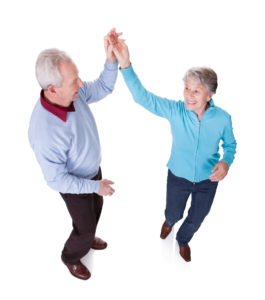Fifteen years ago, Olie Westheimer, executive director of the Brooklyn Parkinson Group approached the Mark Morris Dance Company about creating a dance class for her clients. Dance for PD©, a program training teachers and providing classes for those with Parkinson’s disease, is the result.
The program initially met with skepticism, recalls dancer-developer David Leventhal. Medical doctors felt that dance is “frivolous.” As Leventhal notes, “There is a lot of misconception about the amount of learning and skill and brain work and physical work that somebody has to do to execute a dance.”

Helen Bronte-Stewart, a Stanford professor of neurology and former dancer, agrees. “As physicians, we stress the importance of physical activity, social interaction and mental stimulation to our patients with Parkinson’s disease. Dance for PD gives them all three.”
Here we have the same triumvirate of benefits noted in the research on contra dance and memory – dancing provides cognitive and social stimulation in addition to physical activity. But that is not all.
As Bronte-Stewart continues, dance is more than just physical therapy – “The PD dancers have told us this type of dance restores their self-image and brings them joy.” Immersed in the activity, participants sometimes find they are able to regain function. For example, during a flamenco dance routine, one woman found herself snapping her once-rigid fingers – “it just came to me,” she recalled in amazement.

 In late April we celebrate National Dance Week. This year’s festivities come with scientific evidence that
In late April we celebrate National Dance Week. This year’s festivities come with scientific evidence that